Disclosure: This article contains affiliate links. We may earn a commission from purchases at no extra cost to you, which helps our travel content.
There's something oddly familiar about standing at the banks of the Blackstone River in Pawtucket. As someone who's spent years examining how technology transforms societies, I couldn't help but feel I was standing at ground zero of America's technological big bang. This unassuming Rhode Island city, with its weathered brick facades and repurposed mill buildings, doesn't scream 'revolutionary' at first glance—but make no mistake, what happened here fundamentally rewired human civilization as profoundly as today's AI revolution. Pack your curiosity and comfortable shoes; we're about to trace the footsteps of America's first tech disruptors.
Slater Mill: Where America's Industrial DNA Was Coded
Standing before the wooden frame of Slater Mill, I couldn't help but draw parallels to the modern startup garage—this was essentially America's first innovation lab. Built in 1793, it's where young Samuel Slater, a British immigrant with memorized plans of textile machinery (industrial espionage at its finest), implemented the first successful water-powered cotton spinning factory in North America.
The guided tour (a mere $12 for adults) is absolutely brilliant. Our guide, Margaret, walked us through how this seemingly simple building housed a technological revolution that would transform a nation of farmers into industrial powerhouses. The functioning water wheel and operational machinery demonstrations are properly impressive—you can literally hear and feel the mechanical heartbeat that would eventually power American manufacturing.
I found myself thinking about the parallels between Slater's 'borrowed' British designs and today's open-source technology movements. Both fundamentally democratized production capabilities that had previously been jealously guarded.
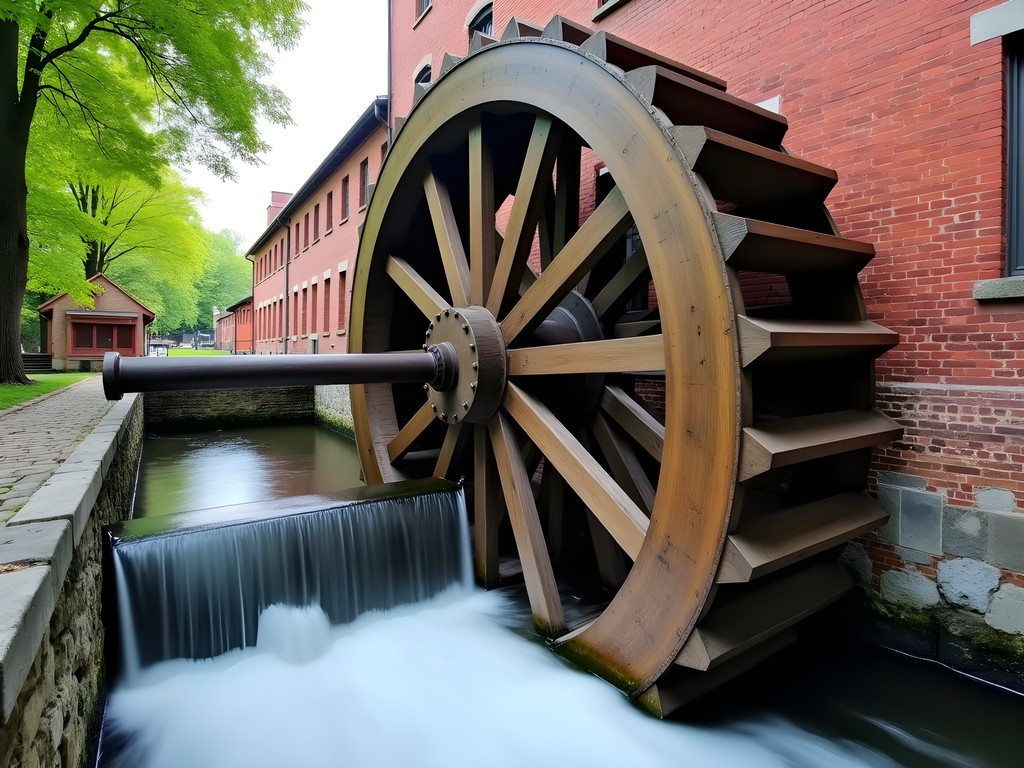
💡 Pro Tips
- Book the guided tour rather than self-guided—the demonstrations of working machinery are worth the extra few dollars
- Visit early in the day when the mechanical demonstrations have the most energy and enthusiasm
- Take time to ask questions—the docents have fascinating stories that don't make it into the standard presentation
The Blackstone River: America's Original Power Grid
The Blackstone River might not look like much today, but in the 19th century, this was essentially America's first power grid. A 45-mile stretch of this river powered 45 mill villages, earning it the nickname 'the hardest working river in America.'
I spent a sunny afternoon kayaking a portion of the river with Blackstone Valley Outfitters (rentals around $40 for a half-day). There's something properly humbling about paddling the same waters that once powered an industrial revolution. The river tells its own story—you'll pass remnants of dams, old mill races, and industrial infrastructure now being reclaimed by nature.
For those who prefer dry land, the Blackstone River Bikeway offers an excellent alternative. I rented a sturdy hybrid bike which handled the mixed terrain brilliantly. The path follows old railroad corridors that once transported goods from these very mills, adding another layer to the historical experience.
As an engineer, I was fascinated by how the river was essentially hacked to create a complex system of canals, trenches, and dams—19th century developers optimizing a natural resource with the technology available to them.

💡 Pro Tips
- Pack a waterproof bag for your electronics if kayaking—the river is calm but splashes happen
- Download the Blackstone River Valley National Heritage Corridor app for excellent audio guides along the bikeway
- Bring polarized sunglasses to cut glare and better see the underwater industrial remnants
Repurposed Industrial Spaces: Innovation Continues
What I find most fascinating about Pawtucket isn't just its preserved history but how these industrial spaces have been reimagined for the 21st century. The city has become something of a case study in adaptive reuse—old mill buildings now house artists' studios, tech startups, microbreweries, and living spaces.
The Hope Artiste Village exemplifies this transformation. Once the Hope Webbing Company Mill, this massive complex now houses over 100 small businesses. I spent hours wandering through artists' studios, sampling craft beverages at Crooked Current Brewery, and browsing vintage finds at New Urban Arts Market. The weekend farmers' market is absolutely buzzing with energy.
As someone who works with technology, I was particularly drawn to these spaces where innovation continues in new forms. There's a certain poetry in seeing a building that once housed industrial looms now containing digital design studios and maker spaces with 3D printers. I even spotted a small robotics lab using a microcontroller kit to teach local students programming—the industrial revolution's legacy continuing through digital literacy.
Don't miss The Guild brewery, where they've preserved many industrial elements while creating a thoroughly modern brewing operation. Their Pawtucket Pale Ale is a proper treat after a day of exploration.

💡 Pro Tips
- Check the Hope Artiste Village calendar before visiting—timing your trip with their farmers' market or art events enhances the experience
- Many studios are working spaces—always ask permission before photographing artists or their work
- The Mill's floors can be hard on the feet—wear supportive shoes for exploring these massive spaces
Tracing Immigration and Labor History
Pawtucket's industrial story isn't complete without understanding the people who powered it. The city's immigration history is fascinatingly layered—waves of English, Irish, French-Canadian, Portuguese, and Eastern European workers all contributed to the manufacturing boom.
The Pawtucket Public Library (free admission) houses an excellent collection of oral histories from mill workers. I spent a rainy afternoon listening to digitized recordings of people describing work conditions, wages, and daily life in the mills. For organizing these recordings on my laptop, my noise-cancelling headphones were brilliant for focusing in the public space.
For a deeper dive into labor history, the Rhode Island Labor History Society occasionally offers specialized tours focusing on the 1824 first women's strike and the textile strikes of the early 20th century. I was lucky enough to join one led by a former mill worker's grandson, whose personal family stories brought the struggles and triumphs to life.
The city's diverse culinary scene reflects these immigration patterns. I highly recommend Modern Diner (housed in a Sterling Streamliner dining car) for breakfast—their custard French toast was recently featured on the Food Network and properly lives up to the hype. For dinner, Galego's Portuguese cuisine offers authentic dishes that connect to the city's Portuguese mill worker heritage.
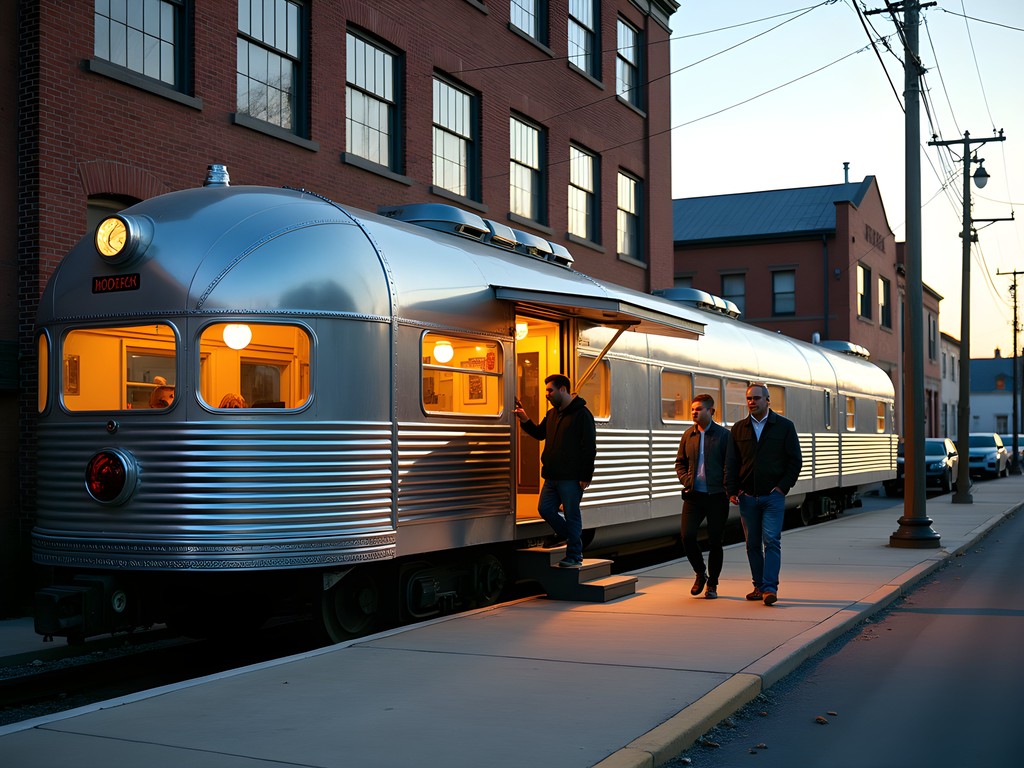
💡 Pro Tips
- Contact the Rhode Island Labor History Society in advance to check if any specialized tours coincide with your visit
- The library's oral history collection requires advance reservation for access to certain materials
- Ask local restaurant owners about their family connections to the mills—many have fascinating stories
DIY Industrial Archaeology: Finding Hidden Remnants
Some of my most rewarding discoveries in Pawtucket came from simply wandering with open eyes. The city is full of industrial Easter eggs—ghost signs on brick walls, abandoned machinery, and subtle infrastructure that tells the story of industrial evolution.
I created my own walking tour using the field notebook that goes with me everywhere. The waterproof pages were particularly useful when an unexpected shower caught me sketching the remains of an old mill foundation near the river.
For those who enjoy urban exploration photography, Pawtucket is a treasure trove. I found my weatherproof flashlight invaluable for examining darker corners of accessible historic structures (always respect private property and safety barriers).
One fascinating discovery was tracing the old canal system that once powered downtown mills. Much of it has been filled in, but observant visitors can still spot evidence of water-control infrastructure throughout the city. The Old Slater Mill Association offers maps highlighting these features, which I supplemented with the Historic Aerials website to compare current streets with historical layouts.
I spent a fascinating afternoon in the Pawtucket Public Library's local history room, where helpful staff directed me to maps showing how the city's infrastructure evolved around industrial needs—a physical manifestation of how technology shapes urban development.
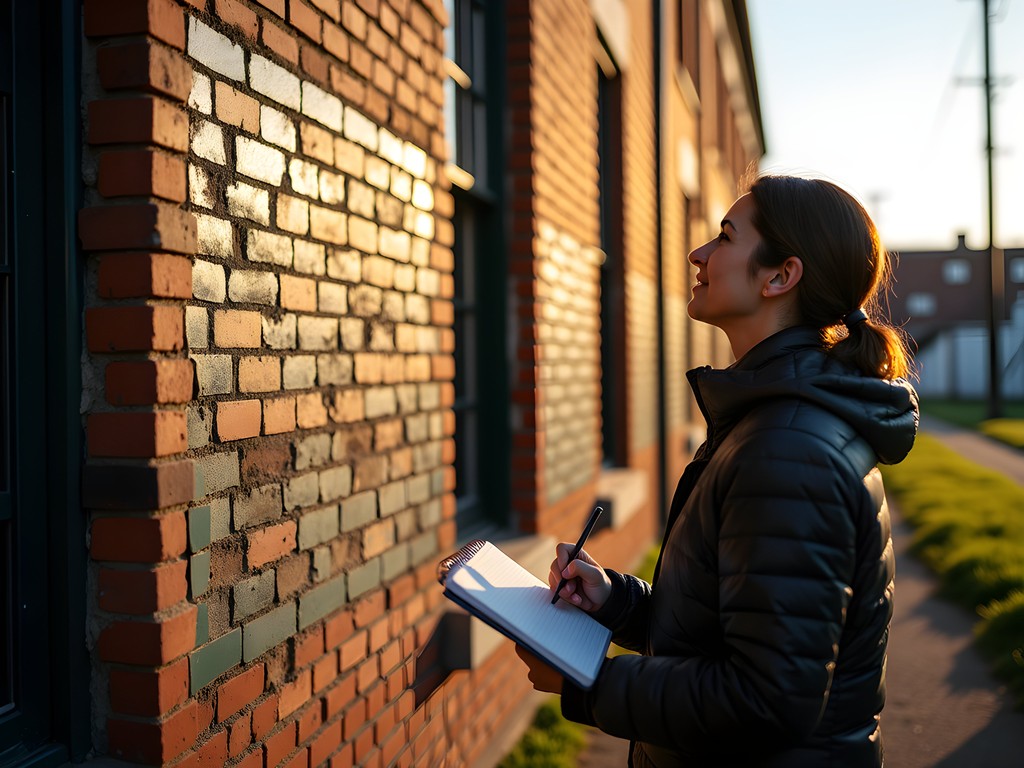
💡 Pro Tips
- Look up frequently while walking—many architectural details and ghost signs are above eye level
- Visit the Pawtucket Public Library first to get historical maps that will make self-guided exploration more meaningful
- Early morning light makes industrial textures and details pop for photography enthusiasts
Final Thoughts
As I boarded my train at the historic Pawtucket-Central Falls station (itself a recently restored industrial-era gem), I found myself reflecting on how places like this challenge our understanding of innovation. In our modern tech-obsessed culture, we often forget that disruptive innovation isn't unique to our digital age. Pawtucket reminds us that technological revolutions—with all their economic benefits and social disruptions—have been reshaping human society for centuries.
What makes this compact Rhode Island city so special for students and history enthusiasts is how accessible its industrial story remains. Unlike many historical sites where you must imagine what once was, in Pawtucket, you can still touch the machines, feel the power of the river, and walk the same factory floors where America's industrial identity was forged.
As someone who works daily with cutting-edge technology, I found profound perspective in this birthplace of American manufacturing. Whether you're a budding engineer, a history buff, or simply curious about how we got to our current technological moment, Pawtucket offers a weekend of discovery that's as educational as it is enjoyable. And who knows—standing where Samuel Slater once stood, you might just find inspiration for the next revolution.
✨ Key Takeaways
- Pawtucket offers an accessible, hands-on window into America's industrial revolution that's perfect for student groups
- The city demonstrates how innovation cycles through history, with former factories now housing new creative and technological ventures
- A weekend is sufficient to explore the highlights, though history enthusiasts could easily spend longer
- The combination of preserved historical sites and adaptive reuse makes Pawtucket relevant to understanding both past and present innovation
📋 Practical Information
Best Time to Visit
year-round, though spring and fall offer pleasant temperatures and smaller crowds
Budget Estimate
$200-300 for a weekend (including modest accommodations, meals, and activities)
Recommended Duration
2-3 days
Difficulty Level
Easy

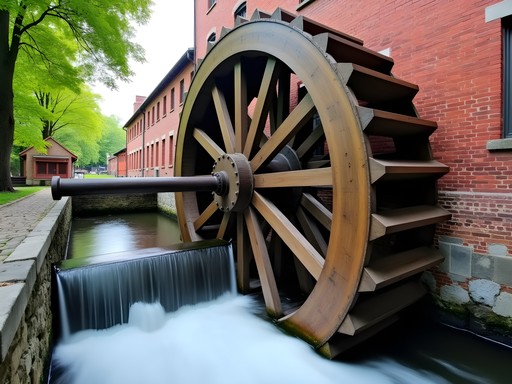

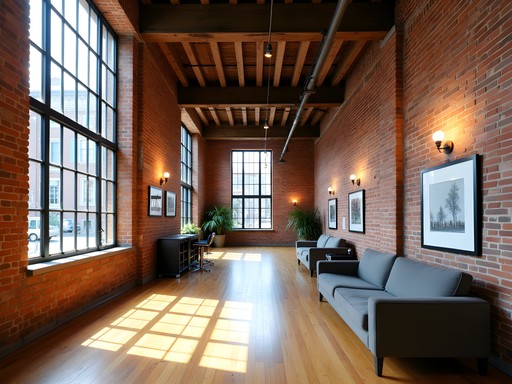
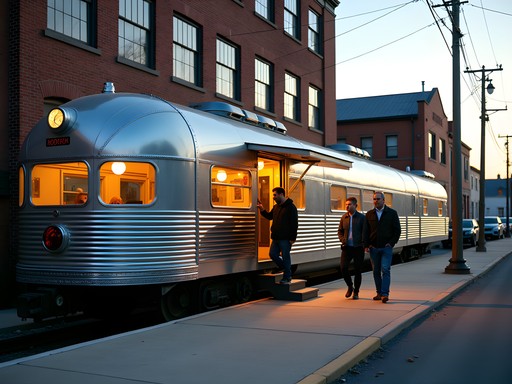
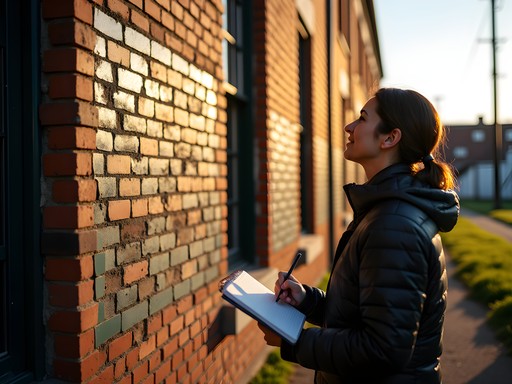


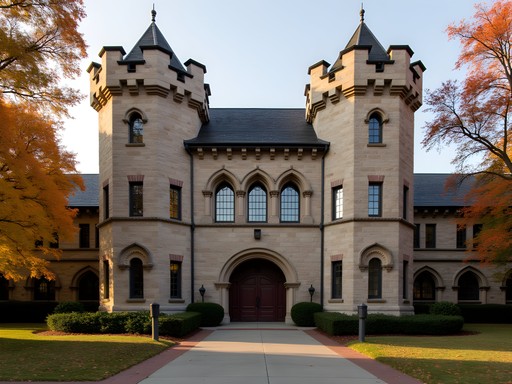
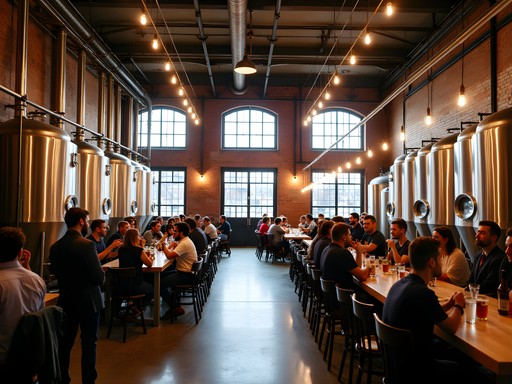
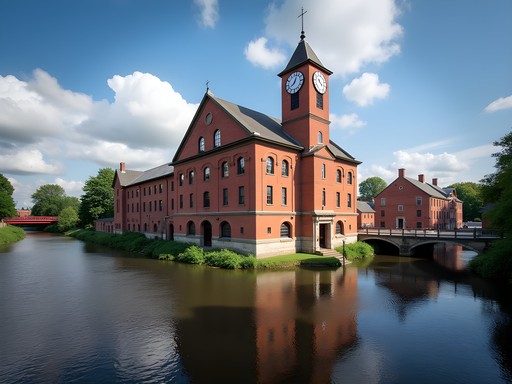
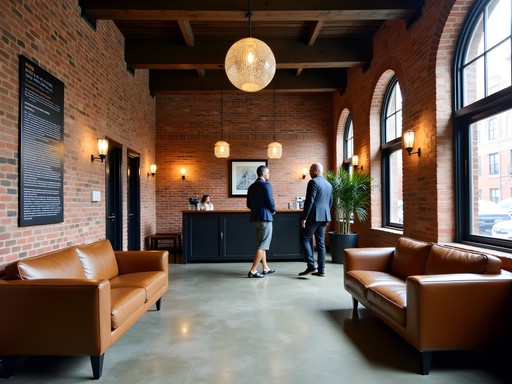




Comments
travelnomad
How's the public transportation situation if you're not driving? Is it easy to get around the different mill sites?
nomadmate
I did it without a car last year. The main sites are walkable from the train station. There's also a local bus that hits most of the spots, but it doesn't run very frequently on weekends.
travelnomad
Perfect, thanks! I'll plan for a weekday visit then.
wavewalker
Never would have thought to visit Pawtucket! Adding this to my New England road trip itinerary!
Jean Wells
What fascinates me about places like Pawtucket is how they function as living laboratories of industrial evolution. Having studied similar sites in Japan and the UK, I find the American approach to industrial heritage particularly interesting - there's often less emphasis on preserving everything in pristine condition and more focus on adaptive reuse. Hunter, your observation about the "repurposed industrial spaces" section highlights this perfectly. The way these mills have transformed into mixed-use spaces while maintaining their historical integrity represents a sustainable approach to preservation. Did you notice any particular differences between how Pawtucket handles its industrial heritage compared to other mill towns in New England?
Hunter Myers
Great observation, Jean. I found Pawtucket more focused on the technological innovation angle compared to some Massachusetts mill towns that emphasize labor history more heavily. The adaptive reuse seems more advanced here too - more artists and startups in these spaces than I've seen elsewhere.
backpackclimber3105
If you're into photography, bring a wide-angle lens. Those mill spaces are massive and you'll want to capture the scale. I used my travel tripod for some long exposure shots of the river and waterfalls - came out amazing!
Bryce Diaz
Hunter, you've captured something special here. I visited Pawtucket last spring while researching America's industrial corridors, and there's such a powerful story in these brick buildings. What struck me most was the contrast between the harsh working conditions of the past and today's efforts to preserve this history thoughtfully. If anyone's planning a visit, I highly recommend bringing a good pair of walking shoes and setting aside time to explore the riverfront path. The way the light hits those mill buildings in late afternoon is something photographers shouldn't miss. And don't skip the Museum of Work & Culture in nearby Woonsocket if you have time - it complements the Pawtucket sites perfectly.
backpackclimber3105
Thanks for the Woonsocket tip! Adding it to my list.
springwalker
Love how these old industrial spaces are finding new life! Great photos too.
sunnybackpacker
Great post! Is it doable as a day trip from Boston? Thinking about checking it out next month.
Hunter Myers
Absolutely! It's about an hour by train from Boston. You can easily see the main sites in a day trip.
nomadmate
This brings back memories! My grandfather worked in textile mills similar to these in Massachusetts. It's amazing how much of America's early industrial growth happened in this compact region. Did you get a chance to see any of the working machinery demonstrations at Slater Mill? That was the highlight of my visit last year - seeing those massive looms in action really drives home what a revolution this technology was.
Hunter Myers
Yes! The machinery demonstrations were incredible. The guides really know their stuff too - I learned so much about how the technology evolved over time.
nomadmate
Glad you caught that! The woman who did our demo had family working in those mills going back generations. Makes such a difference when there's that personal connection.
Marco Flores
Coming from France, I found Pawtucket fascinating as a comparison to our own industrial heritage sites. I visited last month during my New England road trip, and what struck me was how different the preservation approach is compared to similar sites in Lyon. The American focus on innovation and entrepreneurship comes through so strongly in how the Slater Mill story is told! I actually made a short documentary comparing textile manufacturing heritage in Rhode Island vs. France - will share the link when it's finished. Also, for anyone visiting, there's a small café in one of the converted mills that serves amazing locally-roasted coffee - perfect spot to reflect on all that industrial history.
nomadmaster
Would love to see that documentary when it's done! The international perspective sounds fascinating.
sunnyfan
Great post! Never would have thought to visit Pawtucket before reading this.
Venture X
Premium card with 2X miles, $300 travel credit, Priority Pass